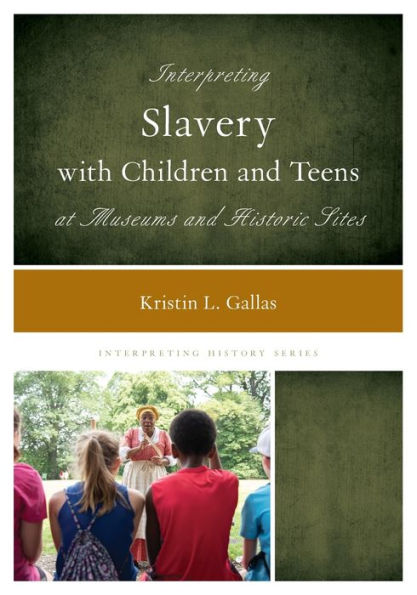The book’s framework aims to move the field forward in its collective conversation about the interpretation of slavery with young audiences, acknowledging the criticism of the past and acting in the present to develop inclusive interpretation of slavery. When an organization commits to doing school and family programs on the topic of slavery, it makes a promise to past and future generations to keep alive the memory of long-silenced millions and to raise awareness of the racist legacies of slavery in our society today.
The book’s framework aims to move the field forward in its collective conversation about the interpretation of slavery with young audiences, acknowledging the criticism of the past and acting in the present to develop inclusive interpretation of slavery. When an organization commits to doing school and family programs on the topic of slavery, it makes a promise to past and future generations to keep alive the memory of long-silenced millions and to raise awareness of the racist legacies of slavery in our society today.

Interpreting Slavery with Children and Teens at Museums and Historic Sites
162
Interpreting Slavery with Children and Teens at Museums and Historic Sites
162
Product Details
| ISBN-13: | 9781538100707 |
|---|---|
| Publisher: | Rowman & Littlefield Publishers, Inc. |
| Publication date: | 09/26/2021 |
| Series: | Interpreting History |
| Pages: | 162 |
| Sales rank: | 685,685 |
| Product dimensions: | 7.07(w) x 9.55(h) x 0.46(d) |
